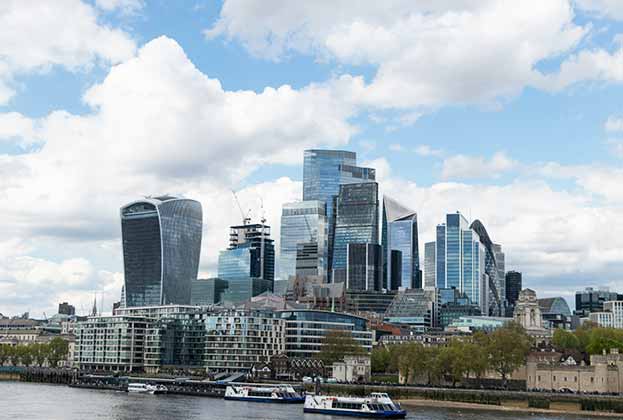Looking back, we may yet yearn for the days of relative simplicity in investment pricing where debt was consistently cheap, rents grew slowly and construction costs drifted upwards on a shallow gradient. As investors got used to cheap money, so property yields drifted down to where we are now. But things have got a whole lot more complicated of late.
With the cost of money rising, there has been an immediate change to the cash-on-cash returns for income-based investments. There should be a buffer where lender margins can come in or investor modelling has some flexibility but ultimately higher cost of debt would, all other things remaining equal, feed through into higher yields particularly in markets less driven by ‘emotional’ decision making.
But not all other things are remaining equal.
Investors’ woes are compounded by materially higher tender price inflation, where any modelling exercise now has to be realistic and allow for big contingencies.
We do, however, have rental growth. Pretty much every investor we talk to now believes in rental performance in office markets. Recovery in post Covid take up, modest supply levels and limited development starts, and occupier focus on new and or better space (keeping employees happy and satisfying emerging requirements around ESG) mean a focus on the best space which is mostly in limited supply.
The scramble for best ESG and amenity in the coming years will further push rents on. In my view, this could be quite a radical shift where affordability isn’t such an issue (unlike in residential markets). Let’s not forget that office occupiers have benefitted from an efficient marketplace for decades, all the while the cost of real estate falling as a proportion of total operating costs. And I always like the North American investor mantra of reference to cost of replacement.
So, where from here?
While there are arguments that conflict in Ukraine and the resultant compounded energy crisis could lead to such an economic slowdown that policy makers and central bankers will largely leave rates alone, the consensus view remains that we will be living with higher borrowing costs over the next decade. Inflation in construction will be stubborn too and, as stated, I am positive on rental upside.
And that means that investment modelling is much more complicated now. Under estimate capital expenditure along the way, and owners are in for a big shock. Hold or deliver the wrong asset quality or type, higher rents will be unattainable. On the other hand, if you spot the assets that can be converted to a modern, sustainable standard without so much intervention and ride the rising rents wave, you’ll be in for a treat.
So it now falls back to stock selection. And much more attention to investment price modelling and proper analysis of any potential acquisition or holding strategy. Investors ask us what does all this mean for pricing for offices: the answer is complicated.
For income deals, where the only relevant leaver is finance, I’m afraid there’s no hiding from reduced cash-on-cash returns. The extent of price change will depend on supply and demand.
For the value-add proposition, pricing might yet still be rising as rents start their long, upward climb.
And anything with a low passing rent will work out okay, would be my guess.
In short, there’s plenty to avoid but also some good opportunities out there.
Further information
How cross-border investors are diversifying as they hunt for income in an inflationary environment





.jpg)

.jpg)


